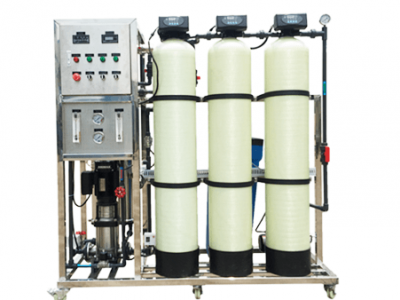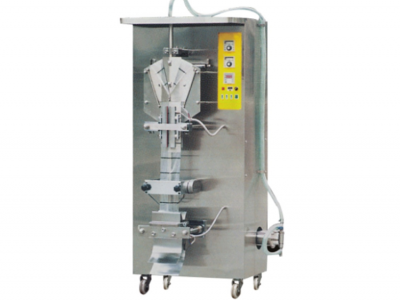Technical Applications of Ultrafiltration UF
The working principle of ultrafiltration (UF):
Ultrafiltration (UF) technology is an advanced membrane separation technology developed in recent years relying on materials science, and has been widely used in various fields of industrial and municipal construction.
Ultrafiltration (UF) is a pressure-driven membrane separation process that utilizes the interception capacity of porous materials to separate particulate matter from fluids and dissolved components. Typical pore sizes of ultrafiltration membranes are in the range of 0.01-0.1 micrometers, and offer extremely high removal rates for bacteria and most viruses, colloids, sludge, etc. The smaller the nominal pore size of the membrane, the higher the removal rate. Ultrafiltration membranes are usually made of polymers whose basic properties are mainly hydrophobic. Hydrophilic modifications such as blending are possible. The process is operated at room temperature with no phase change and no secondary contamination.
Ultrafiltration using polyvinylidene fluoride (PVDF) material, the Department of double skin layer hollow fiber structure. Among the PVDF ultrafiltration membranes used in industrial applications, ultrafiltration has the smallest nominal pore size and is capable of removing almost all particles, bacteria (4-log removal rate), most viruses, and colloids. Despite its small pore size, its extremely high porosity allows UF to achieve fluxes comparable to microfiltration, making it a better choice than microfiltration in most cases.
Ultrafiltration utilizes an external pressure structure that is not easily clogged, providing a higher dirt-holding capacity, a larger filtration area, and easier and more thorough cleaning. The flow design is based on full-flow filtration, but the elements can be easily converted to a staggered-flow filtration mode. Compared to staggered flow, full-flow filtration consumes less energy and operates under lower pressure, resulting in lower operating costs. Staggered flow filtration, on the other hand, can handle fluids with higher suspended solids. The specific form of operation is therefore determined by the suspended solids content of the feed water.
Ultrafiltration is usually operated at constant flow, and the differential transmembrane pressure (TMP) will gradually increase over the operating time, at which time the contamination layer can be removed by regular backwashing or gas scrubbing, while the use of biocides or other cleaning agents can more thoroughly control microbial reproduction and remove contaminants.
In the field of water treatment, ultrafiltration can be used to purify water by removing particles, colloids, bacteria, viruses, heat sources, proteins and macromolecular organics.





